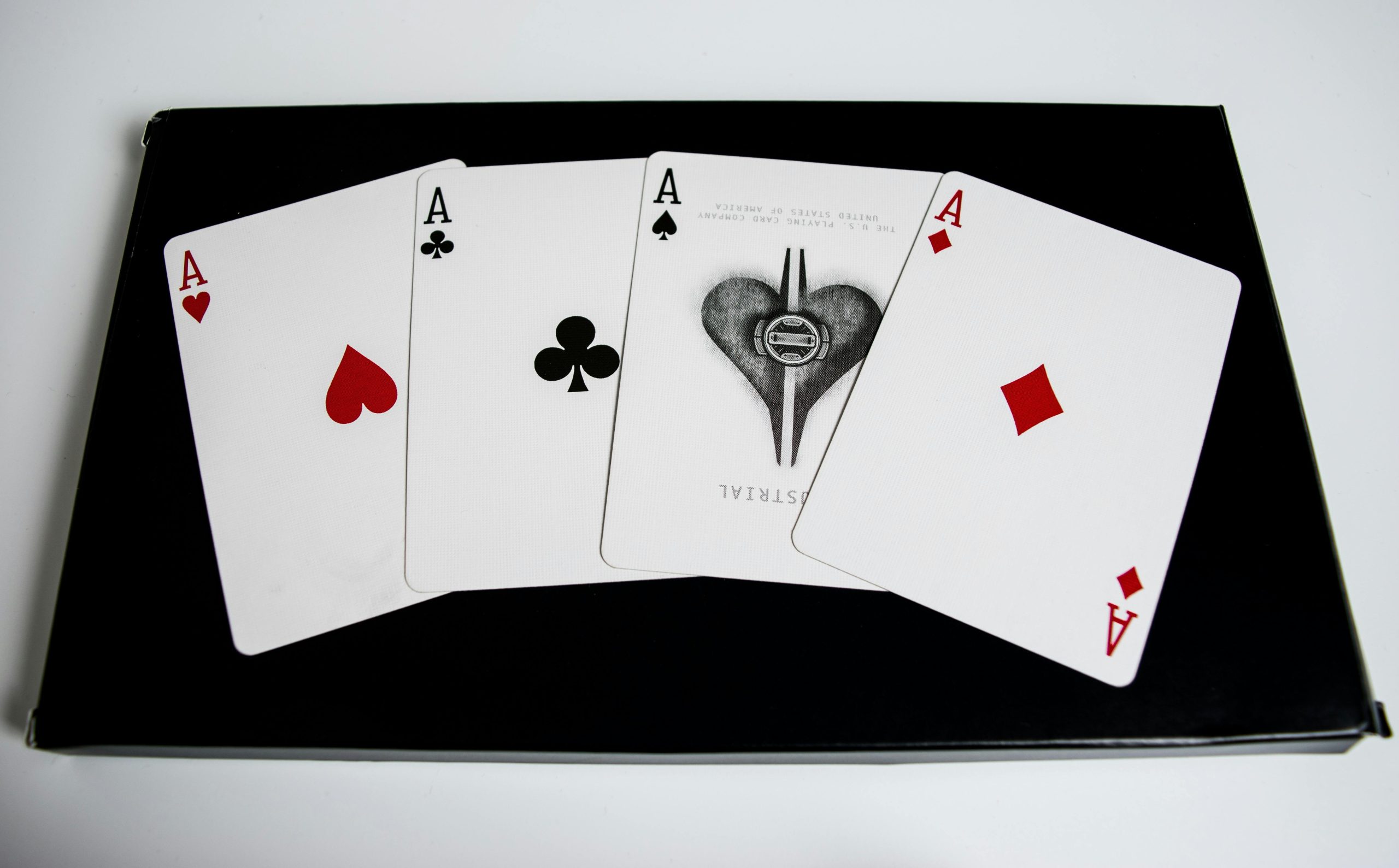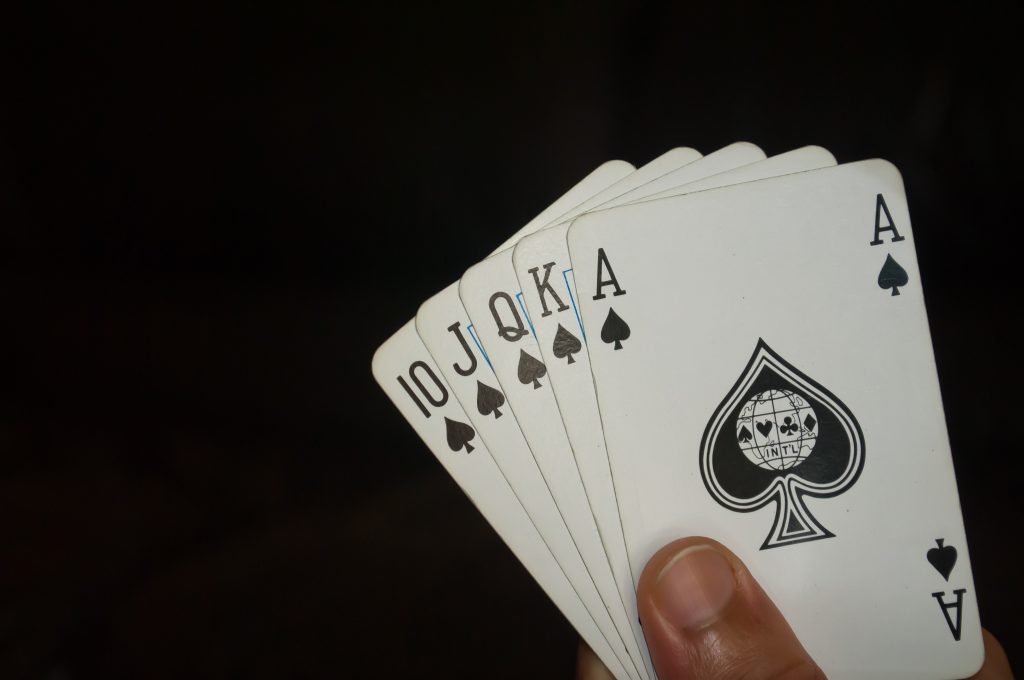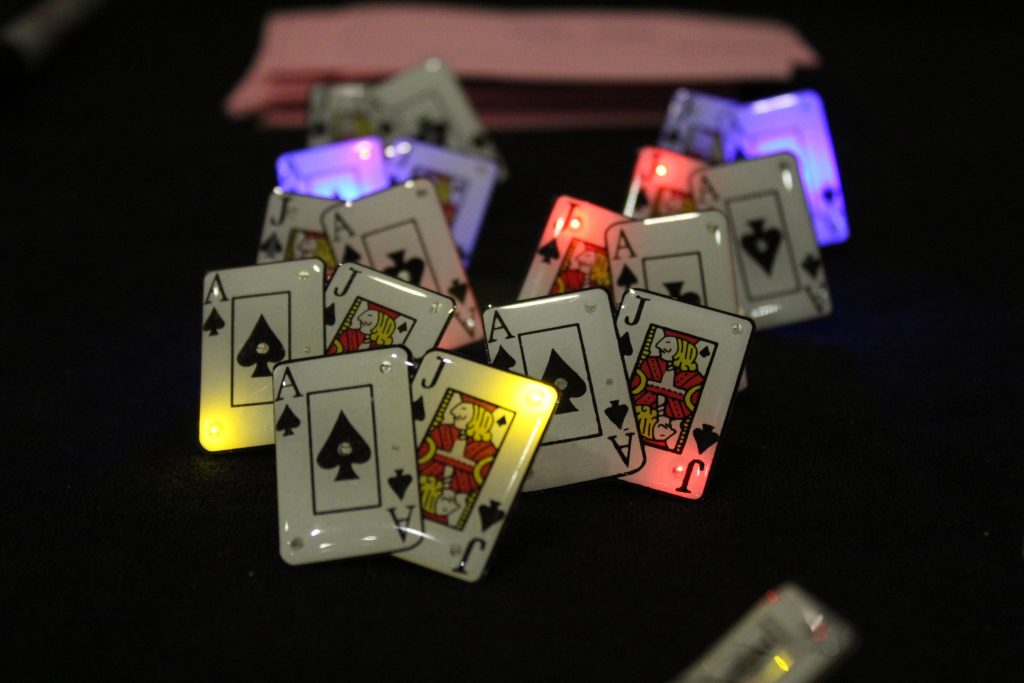What is ace in blackjack?

What is ace in blackjack? Blackjack, a timeless classic in the world of casino games, captivates players with its blend of strategy and chance. Among the 52 cards in a standard deck, the ace stands out for its unique and versatile role. Understanding the ace value in blackjack is crucial for any player aiming to master the game. Unlike other cards, the Ace can be worth either 1 or 11, providing players with strategic flexibility that can significantly influence the outcome of a hand.
The dual nature of the Ace makes it an invaluable asset. When combined with a 10-point card, it forms a “natural” or “blackjack,” which is the highest hand in the game. This potential makes the Ace the most coveted card, and its strategic importance cannot be overstated. The ability to adjust the Ace’s value depending on the other cards in hand adds a layer of depth to the game, allowing for more nuanced decision-making.
The basics of blackjack
Blackjack is a popular card game played in casinos around the world. The game is simple in concept but requires a strategic approach to master. The main objective in Blackjack is to have a hand value closer to 21 than the dealer’s hand without exceeding 21, which is known as “busting.”
At the start of a game, each player is dealt two cards, and so is the dealer, although one of the dealer’s cards remains face down. The cards from 2 to 10 are valued at their face value, while the face cards (Jack, Queen, King) are each worth 10 points. The Ace, however, is unique in that it can be worth either 1 or 11 points, depending on which value benefits the player’s hand the most. This dual value is what makes the blackjack ace value so significant and versatile.

What is ace in blackjack? Players take turns deciding whether to “hit” (draw another card) or “stand” (keep their current hand). The goal is to get as close to 21 as possible without going over. If a player gets an Ace and a 10-point card (10, Jack, Queen, or King) as their initial two cards, they have a “blackjack,” which is an automatic win unless the dealer also has a blackjack, resulting in a tie.
What is ace in blackjack in terms of strategy? The flexibility of the Ace can dramatically influence the game’s outcome. For instance, a hand with an Ace and a 7 (known as a “soft 18”) can be considered as either 8 or 18, giving the player a chance to hit without the risk of busting immediately. If the player draws a card that results in a total exceeding 21, the Ace can be counted as 1 to avoid busting.
In the dealer’s case, the rules are generally fixed. The dealer must hit until their cards total 17 or higher. If the dealer has a soft 17 (a hand containing an Ace valued as 11), the rules can vary; some casinos require the dealer to hit, while others require the dealer to stand.
The value of ace in blackjack
The ace value in blackjack is what sets it apart from all other cards in the deck. Its unique ability to be worth either 1 or 11 gives players a strategic edge and flexibility that can significantly alter the course of a game. Understanding how and when to leverage this duality is crucial for any Blackjack player.
Dual value: 1 or 11
The ace can be counted as 1 or 11, depending on the player’s needs at any given moment. This flexibility allows the player to tailor their strategy dynamically as the game progresses. For example, if a player holds an Ace and a 6, they have what is known as a “soft 17.” In this scenario, the Ace can be considered as 11, making the total hand value 17. However, if the player chooses to hit and receives a 10, they can switch the Ace’s value to 1, avoiding a bust and ending up with a “hard 17.”
Soft hand vs. Hard hand
Understanding the distinction between a “soft hand” and a “hard hand” is essential when discussing what is an ace in blackjack. A soft hand includes an Ace counted as 11. Because the Ace can be adjusted to 1 if necessary, soft hands are less risky. For example, a hand of Ace and 8 is a “soft 19,” allowing the player to hit without the immediate risk of busting. If the next card is a 5, the hand becomes a “hard 14” (Ace counted as 1), giving the player flexibility to continue playing safely.
On the other hand, a “hard hand” does not have the adjustable advantage of a soft hand. For instance, a hand with an Ace counted as 1 alongside other cards totaling 10, such as a 5 and a 4, is a hard 10. If the player hits and receives another 10, the hand value becomes 20, but there is no flexibility to adjust if the next card would cause a bust.
Strategic scenarios
The ace value in blackjack plays a pivotal role in various strategic scenarios. For instance, if a player has an Ace and a 7 (soft 18) and the dealer shows a 9, the player might choose to hit, hoping to improve their hand without the fear of an immediate bust. Conversely, with a hard 18 (e.g., 10 and 8), the same strategy wouldn’t apply as the risk of busting is high.
Another strategic use of the Ace is in splitting pairs. When dealt two Aces, players are generally advised to split them into two separate hands. This move capitalizes on the high potential of drawing a 10-value card on each Ace, leading to a strong starting position for both new hands.
Strategies involving the ace
The ace in blackjack is a powerful card that can greatly influence a player’s strategy. Its ability to be valued at either 1 or 11 provides flexibility in decision-making. Here are several strategies that players can use when they have an Ace:
Hitting and standing
When you have a soft hand (an Ace valued at 11), you can hit more aggressively since the risk of busting is low. For example, with a soft 17 (Ace and 6), hitting is often the best move because you can’t bust on the next card. If you draw a high card like an 8, your hand simply becomes a hard 15, and you can continue to play strategically from there. Conversely, with a hard hand (an Ace valued at 1), you need to be more cautious. For example, with a hard 17 (Ace, 6, and 10), standing is typically advisable as hitting could easily lead to a bust.
Splitting aces
One of the most effective uses of the blackjack ace value is splitting pairs of Aces. When dealt two Aces, you should almost always split them. This move gives you the chance to form two powerful hands, each starting with an Ace. Drawing a 10-value card on either of these new hands results in a strong 21, often leading to a win. Be aware that some casinos have rules that only allow one additional card per split Ace, which slightly reduces the effectiveness of this strategy.
Doubling down
Doubling down with an Ace can be a profitable strategy, especially in favorable conditions. For instance, doubling down on a soft 18 (Ace and 7) against a dealer’s 5 or 6 can significantly increase your chances of winning. This move capitalizes on the dealer’s weak position, allowing you to maximize your bet when the odds are in your favor.
Common mistakes to avoid

A common mistake is not adjusting the Ace’s value properly. For instance, if you have a soft 18 and hit a high card, remember to switch the Ace to a value of 1 to avoid busting. Another mistake is failing to split Aces, missing the opportunity to improve your hand strength. Additionally, players sometimes double down in inappropriate situations, such as against a dealer’s strong upcard, which increases the risk of losing the doubled bet.
The impact of the ace in card counting
In card counting, the ace in blackjack is a crucial card. Counting systems often track the number of Aces left in the deck because they significantly affect the player’s advantage. When many Aces remain in the deck, players can increase their bets, knowing that the likelihood of getting a favorable hand (like a natural blackjack) is higher.
Splitting aces
What is ace in blackjack and why is splitting Aces often recommended? Splitting Aces is a strategy where a player, dealt two Aces, separates them into two new hands. This move is highly recommended due to the ace value in blackjack, which can significantly improve the player’s chances of winning.
Why splitting aces is recommended
When you split Aces, you start each new hand with an Ace, giving you a high probability of forming strong hands. Drawing a 10-value card on either hand results in a hand total of 21, known as a “blackjack.” This makes splitting Aces a lucrative move, as it maximizes the potential of turning a single good hand into two great hands.
Benefits and risks
The primary benefit of splitting Aces lies in the flexibility and potential to create powerful hands. Since each Ace can be valued at 11, the chances of achieving a total close to 21 increase. However, there are risks involved. Many casinos impose restrictions on splitting Aces. For example, some casinos allow only one additional card per split Ace, limiting the player’s ability to build a stronger hand. Additionally, in some variations of Blackjack, a hand resulting from a split Ace and a 10-value card is not considered a natural blackjack and may not pay the higher blackjack payout rates.
Restrictions
Different casinos may have specific rules regarding the splitting of Aces. Some common restrictions include:
- Only allowing one additional card to be drawn to each split Ace.
- Not considering a hand of 21 from a split Ace and a 10-value card as a natural blackjack, resulting in a lower payout.
- In some variants, players are not allowed to re-split Aces if they draw another Ace on the first split.
This strategy, when applied correctly, can significantly enhance a player’s winning potential, making it a key tactic in the game of Blackjack.
What is ace in blackjack: A summary and conclusion
The Ace’s unique flexibility, being able to be worth either 1 or 11, makes it a pivotal card in the game. Its ability to transform a hand from a bust into a strong contender highlights its strategic importance.
The dual value of the Ace allows for a dynamic approach to both soft and hard hands, providing players with strategic options that can significantly impact the outcome of the game.
Splitting Aces, in particular, is often a recommended move due to its potential to create strong hands, despite certain restrictions that may apply in different casino rules.
